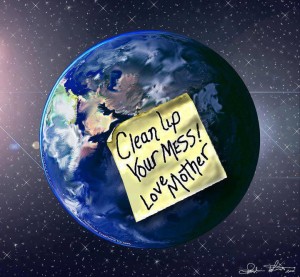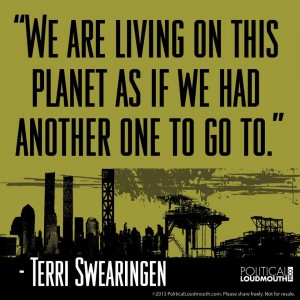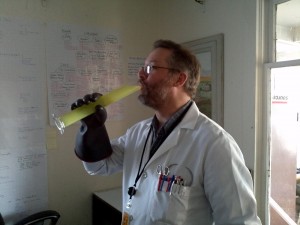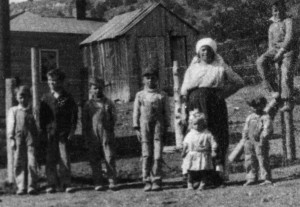While the weather kept us from doing much work on the gardens, we’ve done a fair bit of discussion and experimentation internally. Some of this took the form of ‘war gaming’ a situation. We discussed ideas and tried to figure out the best way to handle them.
While Aaron worked on various radio satellite experiments, I began to figure out some of the issues that we would face living in an offworld or dome environment. There were a lot of questions.
- How many plants per person to balance CO2 vs oxygen
- What variety of plants. This includes herbs, medicinal plants and food.
- What kind of livestock?
- Water and sewage
- Heating and Cooking
- Clothing
- Privacy and a whole lot more.
One of the big things that came out of the discussion was a Space Oriented Maslow’s Hierarchy. This is what we came up with:
- Self Actualization: Personal growth, Fulfillment, helping others
- Personal Esteem: Achievement, Responsibility, Reputation, Purpose
- Community: Family, Affection, Work groups, Legacy
- Psychological: Relationships, Sex, Safety, Stability
- Biological: Air, Water, Food, Temperature, Sleep
As the weather warms up, we plan to start working on the gardens again. Plus there will be some new pages. Recipes and Issyroo Prelude, the first part of my book.





